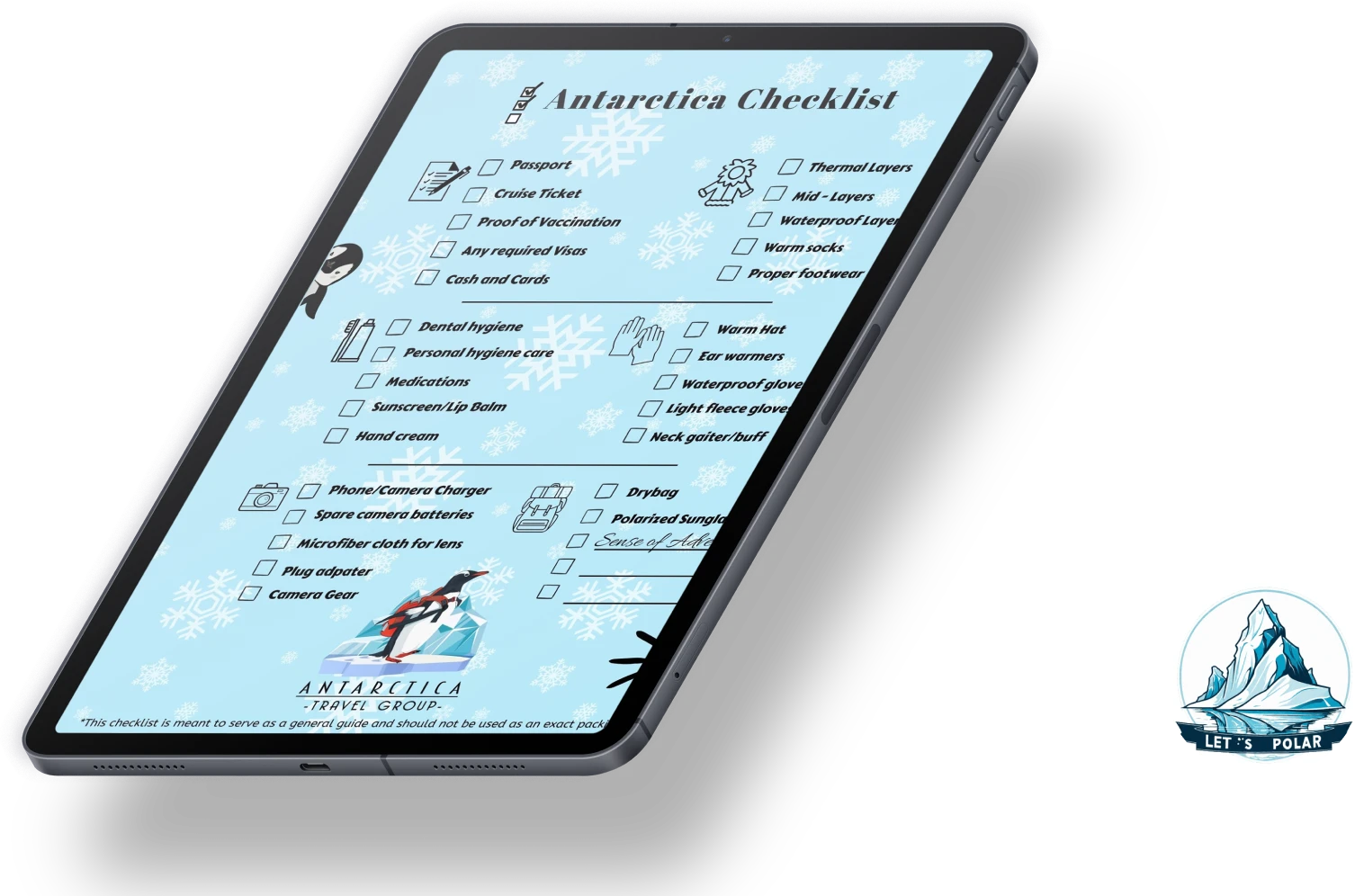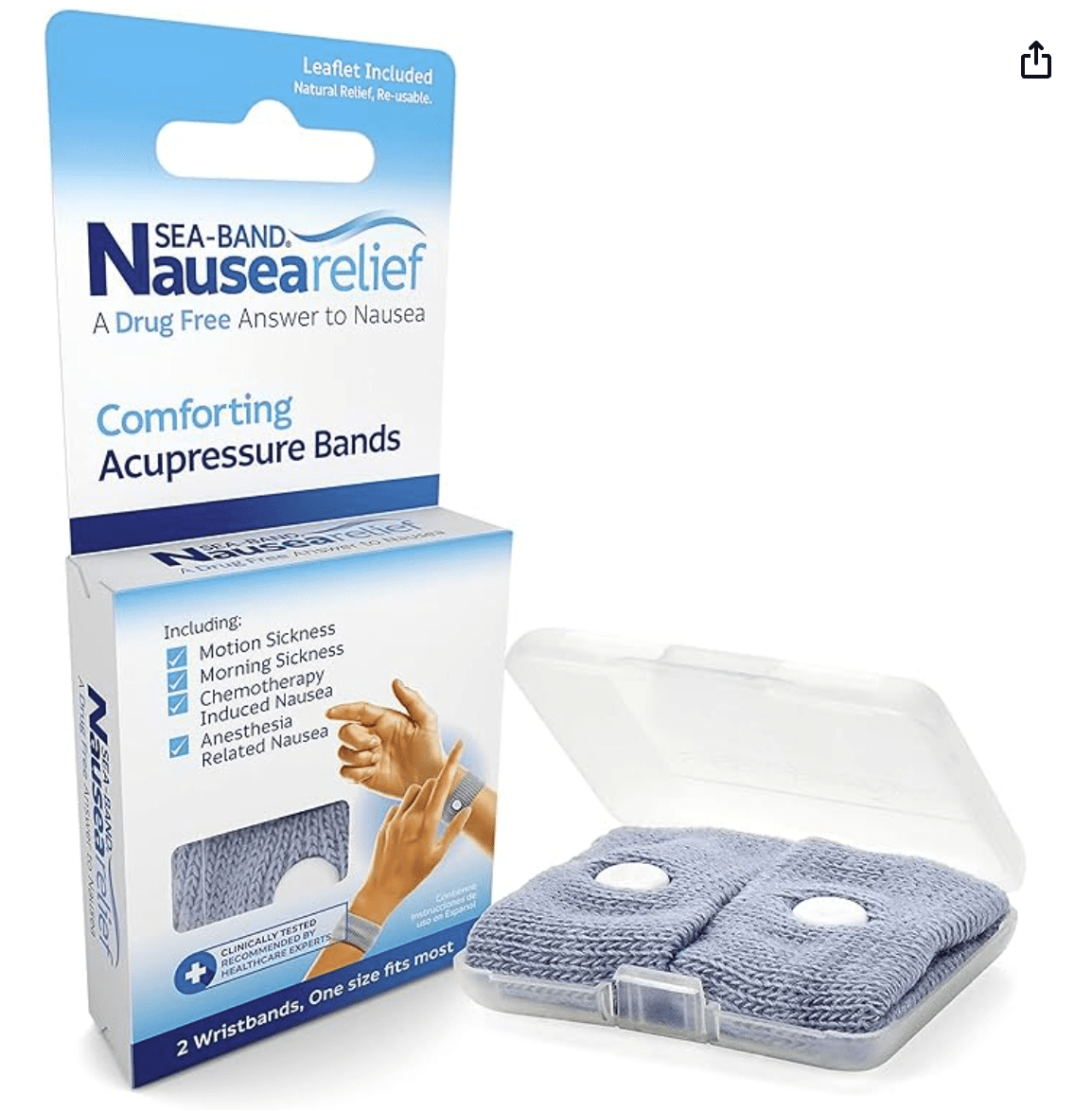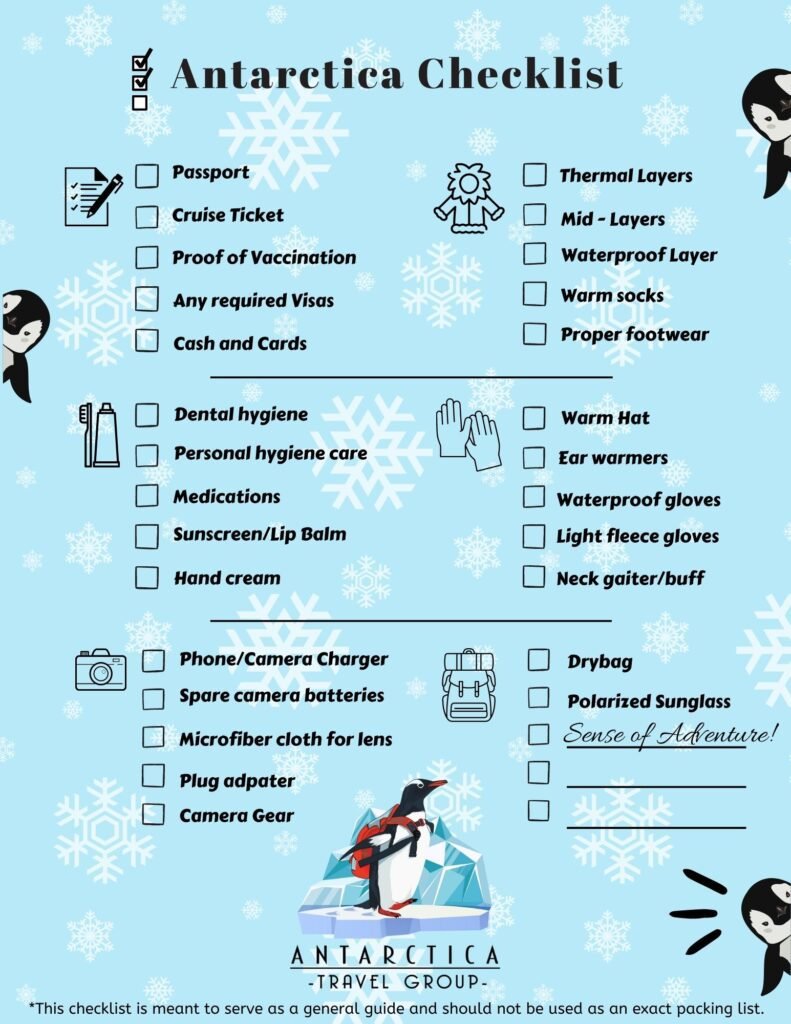Thermal Layer
Thermal layers are also commonly referred to as a base-layer. You may even know these as “long johns”. The base layer should be your first layer. It’s the clothing that will be touching your skin. Base layers include both a top and a bottom, and come in many different materials and weights. Merino wool and synthetic will be the two most commonly used materials for a base layer. Wool is warmer, antimicrobial, and doesn’t absorb moisture. However wool is quite a bit more expensive than the alternative. You’ll also find base layers made out of synthetic blends. I personally don’t see anything wrong with saving a few bucks and going the synthetic route. A set of Merino thermals can run about $120+ whereas a synthetic set will start around $30.
I would avoid anything with cotton in it. The term “cotton kills” refers to how much cotton absorbs moisture and in cold weather, will cause you to feel significantly colder. I opt for Mid-weight when it comes to the warmth they provide. I prefer to have a thicker baselayer so I can use lighter outer layers.
Middle Layer.
Mid layers are the most versatile and offer the most options. Layering is the most important part because you’ll be able to regulate your body temperature by removing or adding a layer. I normally start with performance fleece over my base layer and then a light puffy jacket over that. The idea is you always want to have your thermal, and your waterproof shell on at all times. The middle layers are what I like to call “Flexible” layers.
How many layers you need is completely up to how you handle the cold. I wear four total layers. Base – Fleece – Puffy – Parka. But one of my guide friends wears seven as she’s always cold. I would suggest you start in the 2-3 middle layer range. Keep them light layers but high performing so they are easy to pack and also easy to store in a backpack if you get too warm when you’re off the ship. It’s better to have more layers and not need them and to need more layers and not have them.
Waterproof Layer.
Easily your most important layer. Your waterproof layer will keep you protected from the wind and the water. You will be making shore landings that may require you to disembark the zodiac in knee-high water. Waterproof pants are absolutely essential and most ships will not allow you off if you’re not properly dressed for the elements.
When it comes to waterproof pants, there are several options. A surefire way to know if they are waterproof or not is if they are made of “Gore-tex” or are a special line of outer gear like Columbia “Out Dry”. There is a difference between waterproof and water-resistant. It’s important they are waterPROOF. You can either use Snowboard/Ski pants or some type of rain pants. I go for the snow pants which are the most common I see onboard. They typically offer better pocket options, likely come with some insulation, and are more comfortable to wear.
However, they are heavier to pack and cost a bit more. If you have some old snow pants laying around and want to know if they are waterproof or water-resistant; you can always leave them under running water for 15 seconds. If the water doesn’t come through the pants, you should be good to go if you want to use them in Antarctica.
The same is true for your outer jacket. Some companies will provide guests with a parka jacket to use. Check with your agent and see if you’ll be getting a jacket. If not, the jacket options are much more vast compared to pants. There are all sorts of waterproof parkas out there from designer coats to fisherman’s foul weather gear. Whatever you choose is up to you. I would recommend looking at something like a three-season jacket if you need to buy something because they will come with other layers in them that are meant to work together and will save you a bit on having to try and layer up.
Soccer, Gloves and Handwear.
Socks:
Which type of sock you wear is really up to how cold you get. What’s most important is that the socks are calf high to prevent any chafing from the Muck Boots. Wool socks will be the most comfortable but any tall athletic sock will work. Ships these days almost all provide Muck Boots (Muck is the brand). They are very warm inside. Most people overestimate how cold their feet will get because the boots are extremely well insulated. I would pack two pairs of lite socks and two pairs of wool socks so you have the options.
Headwear:
I say your beanie is your best accessory to express yourself! Make it fun. Pack one or two beanies, and maybe some ear warmers if you’re most comfortable with those. The majority of our body heat is lost through our heads, so we want to make sure we keep our heads warm. I would pack an extra one in case you get caught in some foul weather.
Gloves:
Waterproof gloves are absolutely essential, especially on zodiac rides. Look for “gauntlet” gloves if you’re in the market for a new pair. There are also some new versions that allow you to pull away the tip of your finger so you can still use your camera and smart devices. I suggest also packing a thinner pair of fleece or running gloves just to use while on shore if your fingers get cold but you don’t need to bulky waterproof gloves. I would bring one pair of each.
Acessories.
Sunglasses:
The most important thing is to have sunglasses that are POLARIZED. The glare is very strong in Antarctica and can cause eye strains and headaches. Also, the ice looks way cooler with Polarized glasses.
Snowboard/Ski Goggles:
These aren’t really necessary but I see a lot of people wear them. They’re most useful if you’re in a zodiac and it’s raining or snowing. They’re also a level of wind protection and warmth for your face. Completely optional.
Tri-pods:
This depends on your level of photography. Lighting conditions are more than ideal to be shooting photos at high shutter speeds. Tripods are just one more thing to have to keep clean and sanitized and lug on shore. I vote keep them home.
Walking Sticks:
Walking sticks are certainly useful, especially if you’re not super sure-footed. Some ships will provide them for free or rent them out. They can also be rented in Ushuaia. If you want to bring your own; make sure they are telescoping so they’re easy to pack.
Sunscreen/Lip Balm:
DO NOT LEAVE HOME WITHOUT IT!!! SPF 50 at least. I prefer Zinc stick because it’s better for your skin, but any sunscreen meant for your face will work. Don’t forget a good SPF lip balm as well, and pack multiple. It will help with the wind chap as well
Hand Cream:
A small travel-sized tube of hand cream is helpful, especially on long trips where you’re exposed to the elements for extended periods of time. Your hands will begin to crack in the dry weather, especially if exposed to salt water.
Dry Bag:
I think dry bags are super useful in Antarctica. I believe in dressing in layers, which sometimes I need to put on or take up. A dry bag is useful for storing layers, your sunscreen, and your extra pair of gloves; as well as keeping your camera equipment and other electronics safe.
Planning your trip
Check list
Step 1:
Documentation
- Passport
- Cruise Ticket
- Proof of Vaccination
- Any Required Visas
- Cash and Cards
Step 2:
Layered Clothing
- Thermal Layers
- Mid Layers
- Waterproof Layer
- Warm Socks
- Proper Footwear
Step 3:
Personal Care
- Dental Hygiene
- Personal Hygiene Care
- Medications
- Sunscreen/Lip Balm
- Hand Cream
Step 4:
Cold-Weather Accessories
- Warm Hat
- Ear Warmers
- Waterproof Gloves
- Light Fleece Gloves
- Neck Gaiter/Buff
Step 5:
Camera Gear
- Phone/Camera Charger
- Spare Camera Batteries
- Microfiber Cloth for Lens
- Plug Adapter
- Camera Gear
Step 6:
Other Essentials
- Drybag
- Polarized Sunglasses
And most importantly: A Sense of Adventure!
Download Antarctica Checklist
Download our 100% free, printable Antarctica packing checklist! This guide makes preparing for your trip simple, ensuring you're fully equipped for an unforgettable adventure.

Check out our list of
Antarctica Must-Haves!

Sea Sickness Bands
Sea-Band: Sea-Band, motion sickness wristbands, help relieve nausea from morning sickness, chemotherapy, surgery, car sickness, etc

Sea Sickness Bands
Sea-Band: Sea-Band, motion sickness wristbands, help relieve nausea from morning sickness, chemotherapy, surgery, car sickness, etc

Sea Sickness Bands
Sea-Band: Sea-Band, motion sickness wristbands, help relieve nausea from morning sickness, chemotherapy, surgery, car sickness, etc

Sea Sickness Bands
Sea-Band: Sea-Band, motion sickness wristbands, help relieve nausea from morning sickness, chemotherapy, surgery, car sickness, etc

Sea Sickness Bands
Sea-Band: Sea-Band, motion sickness wristbands, help relieve nausea from morning sickness, chemotherapy, surgery, car sickness, etc
MORE INFORMATION
Packing FAQs
Is there a limit to how much luggage I can bring?
Thermal layers are also commonly referred to as a base-layer. You may even know these as “long johns”. The base layer should be your first layer. It’s the clothing that will be touching your skin. Base layers include both a top and a bottom, and come in many different materials and weights. Merino wool and synthetic will be the two most commonly used materials for a base layer. Wool is warmer, antimicrobial, and doesn’t absorb moisture. However wool is quite a bit more expensive than the alternative. You’ll also find base layers made out of synthetic blends. I personally don’t see anything wrong with saving a few bucks and going the synthetic route. A set of Merino thermals can run about $120+ whereas a synthetic set will start around $30.
I would avoid anything with cotton in it. The term “cotton kills” refers to how much cotton absorbs moisture and in cold weather, will cause you to feel significantly colder. I opt for Mid-weight when it comes to the warmth they provide. I prefer to have a thicker baselayer so I can use lighter outer layers.
Can I bring alcohol on board?
Mid layers are the most versatile and offer the most options. Layering is the most important part because you’ll be able to regulate your body temperature by removing or adding a layer. I normally start with performance fleece over my base layer and then a light puffy jacket over that. The idea is you always want to have your thermal, and your waterproof shell on at all times. The middle layers are what I like to call “Flexible” layers.
How many layers you need is completely up to how you handle the cold. I wear four total layers. Base – Fleece – Puffy – Parka. But one of my guide friends wears seven as she’s always cold. I would suggest you start in the 2-3 middle layer range. Keep them light layers but high performing so they are easy to pack and also easy to store in a backpack if you get too warm when you’re off the ship. It’s better to have more layers and not need them and to need more layers and not have them.
Where is the best place to buy gear?
Easily your most important layer. Your waterproof layer will keep you protected from the wind and the water. You will be making shore landings that may require you to disembark the zodiac in knee-high water. Waterproof pants are absolutely essential and most ships will not allow you off if you’re not properly dressed for the elements.
When it comes to waterproof pants, there are several options. A surefire way to know if they are waterproof or not is if they are made of “Gore-tex” or are a special line of outer gear like Columbia “Out Dry”. There is a difference between waterproof and water-resistant. It’s important they are waterPROOF. You can either use Snowboard/Ski pants or some type of rain pants. I go for the snow pants which are the most common I see onboard. They typically offer better pocket options, likely come with some insulation, and are more comfortable to wear.
However, they are heavier to pack and cost a bit more. If you have some old snow pants laying around and want to know if they are waterproof or water-resistant; you can always leave them under running water for 15 seconds. If the water doesn’t come through the pants, you should be good to go if you want to use them in Antarctica.
The same is true for your outer jacket. Some companies will provide guests with a parka jacket to use. Check with your agent and see if you’ll be getting a jacket. If not, the jacket options are much more vast compared to pants. There are all sorts of waterproof parkas out there from designer coats to fisherman’s foul weather gear. Whatever you choose is up to you. I would recommend looking at something like a three-season jacket if you need to buy something because they will come with other layers in them that are meant to work together and will save you a bit on having to try and layer up.
How cold does it REALLY get in Antarctica?
Socks:
Which type of sock you wear is really up to how cold you get. What’s most important is that the socks are calf high to prevent any chafing from the Muck Boots. Wool socks will be the most comfortable but any tall athletic sock will work. Ships these days almost all provide Muck Boots (Muck is the brand). They are very warm inside. Most people overestimate how cold their feet will get because the boots are extremely well insulated. I would pack two pairs of lite socks and two pairs of wool socks so you have the options.
Headwear:
I say your beanie is your best accessory to express yourself! Make it fun. Pack one or two beanies, and maybe some ear warmers if you’re most comfortable with those. The majority of our body heat is lost through our heads, so we want to make sure we keep our heads warm. I would pack an extra one in case you get caught in some foul weather.
Gloves:
Waterproof gloves are absolutely essential, especially on zodiac rides. Look for “gauntlet” gloves if you’re in the market for a new pair. There are also some new versions that allow you to pull away the tip of your finger so you can still use your camera and smart devices. I suggest also packing a thinner pair of fleece or running gloves just to use while on shore if your fingers get cold but you don’t need to bulky waterproof gloves. I would bring one pair of each.
Do I need to pack big heavy boots?
Sunglasses:
The most important thing is to have sunglasses that are POLARIZED. The glare is very strong in Antarctica and can cause eye strains and headaches. Also, the ice looks way cooler with Polarized glasses.
Snowboard/Ski Goggles:
These aren’t really necessary but I see a lot of people wear them. They’re most useful if you’re in a zodiac and it’s raining or snowing. They’re also a level of wind protection and warmth for your face. Completely optional.
Tri-pods:
This depends on your level of photography. Lighting conditions are more than ideal to be shooting photos at high shutter speeds. Tripods are just one more thing to have to keep clean and sanitized and lug on shore. I vote keep them home.
Walking Sticks:
Walking sticks are certainly useful, especially if you’re not super sure-footed. Some ships will provide them for free or rent them out. They can also be rented in Ushuaia. If you want to bring your own; make sure they are telescoping so they’re easy to pack.
Sunscreen/Lip Balm:
DO NOT LEAVE HOME WITHOUT IT!!! SPF 50 at least. I prefer Zinc stick because it’s better for your skin, but any sunscreen meant for your face will work. Don’t forget a good SPF lip balm as well, and pack multiple. It will help with the wind chap as well
Hand Cream:
A small travel-sized tube of hand cream is helpful, especially on long trips where you’re exposed to the elements for extended periods of time. Your hands will begin to crack in the dry weather, especially if exposed to salt water.
Dry Bag:
I think dry bags are super useful in Antarctica. I believe in dressing in layers, which sometimes I need to put on or take up. A dry bag is useful for storing layers, your sunscreen, and your extra pair of gloves; as well as keeping your camera equipment and other electronics safe.
Is there anything I'm REQUIRED to bring?
Sunglasses:
The most important thing is to have sunglasses that are POLARIZED. The glare is very strong in Antarctica and can cause eye strains and headaches. Also, the ice looks way cooler with Polarized glasses.
Snowboard/Ski Goggles:
These aren’t really necessary but I see a lot of people wear them. They’re most useful if you’re in a zodiac and it’s raining or snowing. They’re also a level of wind protection and warmth for your face. Completely optional.
Tri-pods:
This depends on your level of photography. Lighting conditions are more than ideal to be shooting photos at high shutter speeds. Tripods are just one more thing to have to keep clean and sanitized and lug on shore. I vote keep them home.
Walking Sticks:
Walking sticks are certainly useful, especially if you’re not super sure-footed. Some ships will provide them for free or rent them out. They can also be rented in Ushuaia. If you want to bring your own; make sure they are telescoping so they’re easy to pack.
Sunscreen/Lip Balm:
DO NOT LEAVE HOME WITHOUT IT!!! SPF 50 at least. I prefer Zinc stick because it’s better for your skin, but any sunscreen meant for your face will work. Don’t forget a good SPF lip balm as well, and pack multiple. It will help with the wind chap as well
Hand Cream:
A small travel-sized tube of hand cream is helpful, especially on long trips where you’re exposed to the elements for extended periods of time. Your hands will begin to crack in the dry weather, especially if exposed to salt water.
Dry Bag:
I think dry bags are super useful in Antarctica. I believe in dressing in layers, which sometimes I need to put on or take up. A dry bag is useful for storing layers, your sunscreen, and your extra pair of gloves; as well as keeping your camera equipment and other electronics safe.

